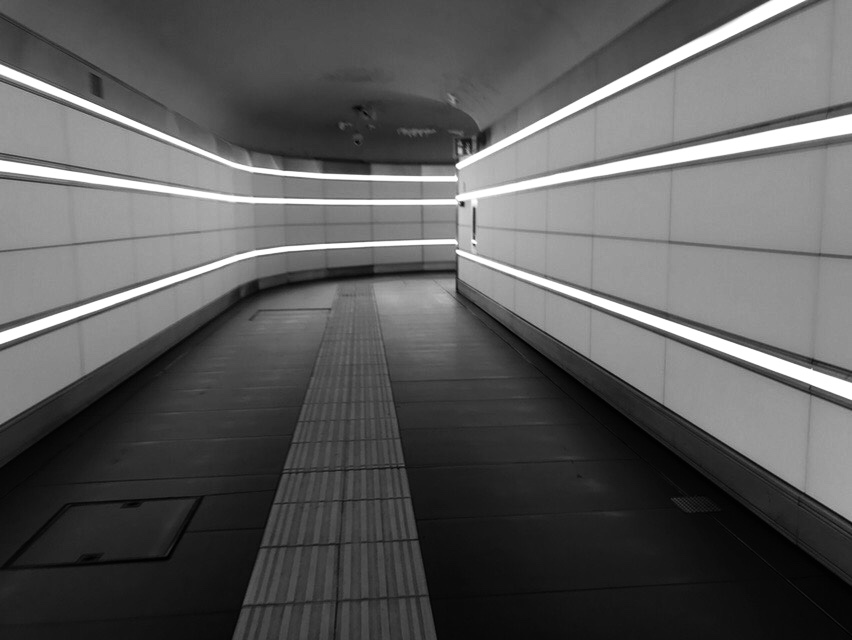
What Does ‘Professional’ Mean in Photography?
Pro’ is the photographer’s blessing and curse. It is the status we all – well, many of us – aspire to. It is the marketing gimmick created by the exploiters of the Gear Acquisition Syndrome to make people believe that tools make the craftsman. ‘Amateur’, on the other hand, is a word associated with casual photographers, ‘wannabe’ artists, and people who want to make you believe that tools make the craftsman.
I have always been unconvinced that such a difference exists, at least in the general meaning associated with the words ‘pro’ and ‘amateur’, and in relation to the idea that the equipment used or the quality of the shots distinguishes one category from the other.
Let’s take these two photos as an example.
The first was taken during an assignment – a boxing match, actually – with a Nikon D610 and a Nikkor 24-120/4.

The second was taken with a Leica M9 and a Zeiss Biogon 35/2.8 during a few days off in Brussels.

Both are of decent quality, taken with expensive equipment, and the Leica would not be out of place in a ‘professional’ shoot.
Now let’s look at the following picture, taken with a Voigtlander Bessa R2, a Leica Elmarit 90/2.8 and an Ilford XP2 Super 400.

Is this photo of lesser quality than those taken with more expensive and powerful equipment?
And what about this one, taken with an iPhone7 plus?

Whatever your personal opinion on the photographic quality of these images, the fact is that the end result has nothing to do with the equipment itself and everything to do with how it was used. This is an (empirical) proof that the attribute ‘professional’ is not related to the ‘what’, but to the ‘how’. It is not about owning things, but about mastering knowledge. Therefore, there are no ‘pros’ or ‘amateurs’ in photography, only people on a journey to know themselves by looking at the world through a viewfinder.
Wait’, you may ask at this point, ‘how can you say that there is no such thing as a ‘professional photographer’? What part of outer space do you come from?
Well, let’s look at what it means to be a ‘professional’ as opposed to an ‘amateur’.
The first and foremost difference is that a professional pays his bills with the money he makes from taking pictures.
So you are a professional even if you only take portraits for the college yearbooks, primary school football matches and local ceremonies. I mean no disrespect to photographers who work in this line of business. Dealing with people is always a challenge, and taking good pictures – the essence of the job – may be no less difficult than photographing a cheetah in a remote African wildlife reserve. On the contrary, it is this kind of work that shows what it means to be a professional. If you want to make a living from photography, you have to be reliable, on time, able to produce consistent results and to work in difficult conditions, prepared for the unexpected. First and foremost, however, you need to be trusted as somebody who will capture important moments in a person’s life that, once gone, will never come back.
The main point of this article, then, is that there is no difference between a professional and an amateur in terms of equipment, location, or the type of pictures one takes. The only thing that matters is whether the photo is good or not. There is, by contrast, a difference in how things are done.
A professional does not have the luxury of being able to choose his assignments, but has to deliver pleasant photos no matter how boring the work. A professional cannot live by the motto ‘tomorrow is another day’: if something has to be done now, it has to be done now. A professional is not there to create ‘art’, but to deliver results that are acceptable to the client. A professional is not a ‘free’ man.
To sum up, there is no such thing as a ‘professional’ photographer, but only a ‘professional way’ of taking pictures, regardless of the photographer’s business status. Whether this is done to foot the bils or satisfy an inner need, it is a horse of different colour.




